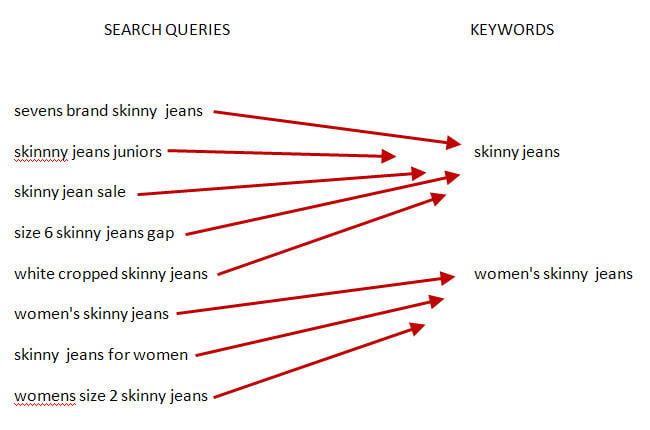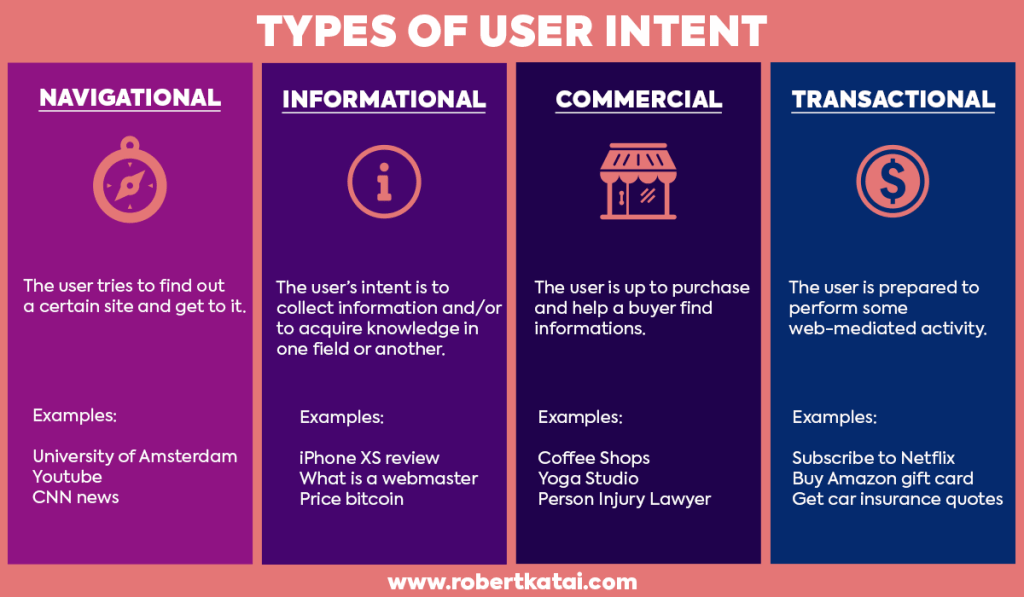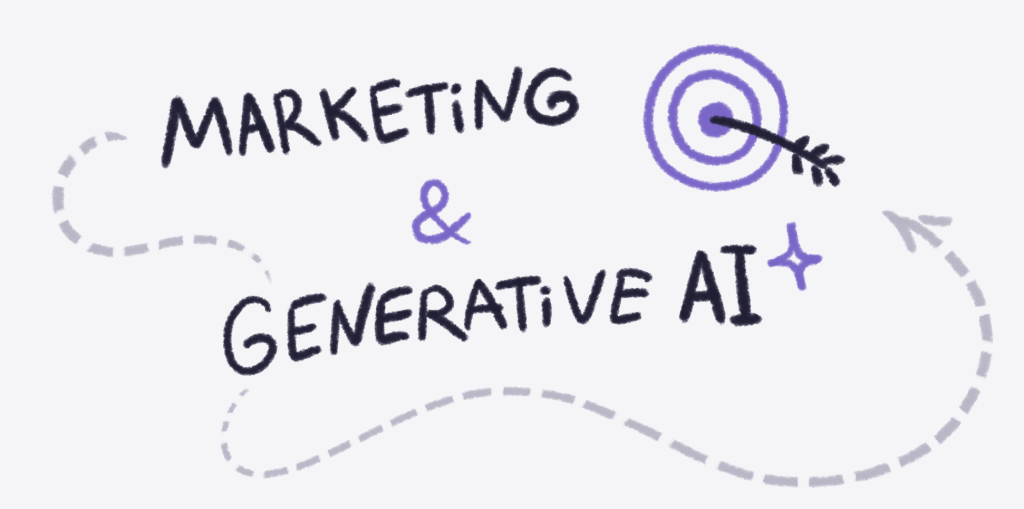From Keyword Stuffing to Customer Intent: The Evolution of Search
Keyword research continues to evolve. Through a series of major algorithm changes, the focus now is on identifying your focus keyword and building your content around that word or phrase. Keyword density is no longer a ranking factor.
Identify your keyword before you start writing
Incorporate that keyword/phrase into your title, metadescription and headline. Use it in your intro, in the URL slug and conclusion. Your keyword should appear in the body of your article, but not so it’s awkward and contrived. We’re all guilty of some pretty shameless keyword stuffing, but there’s no reason to do that anymore.

Without addressing customer intent, you’re not going to rank
Customer intent refers to the underlying motivation or purpose behind a user’s search query. Intent is important because it’s matching user goals. Think about this. Whenever we key something into a search field, we do this with an objective in mind. We’re looking for something. We want to find information or a store, a building, a product or service. We have a purpose and we’re usually in a hurry.
Intent plays a crucial role in search and keyword optimization
Intent is an example of how search engines are getting smarter. They now understand context. They understand that the words surrounding our keywords contribute to the meaning of those keywords. Search engines and algorithms understand nuance, they can prioritize good content and mobile-friendly websites. They can respond to voice searches, because more than 50% of the adults now are using voice search daily, and this channel is moving fast.
Keywords have always played a crucial role. They are the foundation upon which websites are ranked and traffic is generated. But the focus of SEO has shifted from just targeting keywords to understanding and optimizing for customer intent.
What is customer intent and how does it impact keyword research?
Customer intent goes beyond the surface-level keywords and delves into the “why” behind a search query. It aims to understand the user’s end goal and provides them with the most relevant and valuable information. For example, if a user searches for “best running shoes,” the intent could be to find a specific brand or to compare different models. By understanding this intent, businesses can tailor their content to meet the specific needs of their target audience.
By identifying the intent, businesses can uncover long-tail keywords or more specific phrases that align with what their audience is searching for. This not only helps attract more targeted traffic, it also increases the chances of conversion.
The different types of customer intent and how to identify them

There are different types of customer intent that businesses need to be aware of in order to optimize their content effectively.
- Informational Intent: This type of intent is driven by users seeking information or answers to their questions. They are looking for educational content, guides or tutorials. Businesses can identify informational intent by looking for keywords that include phrases like “how to,” “what is,” or “tips for”, or “the complete guide”, etc.
- Navigational Intent: Users with navigational intent are looking for a specific website or brand. They already have a destination in mind and are using search engines to find the most direct route. Identify navigational intent by looking for keywords that include brand names, website URLs, or specific product names. This includes all of our searches that include “near me”. You may be looking for general information a store that’s a block away, but this is a navigational keyword that we use all the time.
- Transactional Intent: Users with transactional intent are ready to make a purchase or take a specific action. They are looking for product reviews, comparisons, or pricing information. Transactional intent include phrases like “buy,” “discount,” or “best price.”
By understanding the different types of customer intent and how to identify them, businesses can create content that aligns with what their audience is searching for, resulting in higher engagement and conversions.
It all starts with keyword research
Keyword research helps businesses identify the specific words and phrases their target audience is using to search for information, products, or services. Start by brainstorming a list of relevant keywords related to your industry or niche. Use keyword research tools like Ahrefs, Semrush or Moz Keyword Explorer. Google Keyword Planner is free. All of these tools help expand your list and provide important details on search volume, competition and related keywords. It is these details that will help you decide which keywords you want to include in every article or product page on your website.
Once you have a comprehensive list of keywords, analyze the intent behind each keyword by assessing the search results. Are the top-ranking pages informational, transactional, or navigational? By understanding the intent behind the top-ranking pages, businesses can create content that meets the needs of their target audience and improves their chances of ranking higher in search engine results.
Strategies for optimizing content for customer intent
Optimizing content for customer intent involves creating valuable and relevant content that aligns with the intent behind a user’s search query. Here are some strategies to help businesses effectively optimize their content:
- Comprehensive and informative content: In-depth guides, tutorials, or articles that answer common questions or provide valuable insights. These will help establish you as an industry authority.
- Optimize for long-tail keywords: Long-tail keywords are specific search phrases that indicate a higher level of intent. By targeting long-tail keywords, businesses can attract more targeted traffic and increase their chances of conversion. Rather than those “running shoes,” target long-tail keywords like “best trail running shoes for beginners.” You’ll get fewer responses, but those responses will be closer to those who are truly your potential buyers.
- Include clear calls to action: For transactional intent, businesses should include clear calls to action (CTAs) that guide users towards the desired action, whether it’s making a purchase, signing up for a newsletter, or requesting a quote. CTAs should be prominently displayed and compelling to encourage users to take action.
- Optimize for user experience: Make sure your website provides a seamless user experience. Pay attention to your technical SEO: Check for page load times, mobile responsiveness, easy navigation, and relevant internal linking. A positive user experience not only helps in attracting and retaining visitors but also improves search engine rankings.
These strategies will help optimize your content for customer intent and increase your chances of attracting high-quality traffic that is more likely to convert into customers or clients.
Tools and techniques for search intent optimization
To effectively optimize for search intent, businesses can leverage a range of tools and techniques. Aligning SEO with customer intent translates to increased website traffic, a better user experience, better conversion rates and a big boost to your brand authority.
Case studies demonstrate the impact of customer intent on SEO
Anyone who’s doing online advertising will tell you that keyword difficulty has skyrocketed as click-through rates decline.
For one startup, their new SEO strategy started with audience surveys. The insights from these surveys would drive their keywords and customer intent. They just got a whole lot closer to understanding what their customers valued. By customizing their keywords, searches brought better matches. Traffic increased, and so did conversions.
An e-commerce retailer sold fitness equipment, and their website received a high volume of traffic, but that traffic didn’t translate to conversions. They studied their primary and secondary keywords they were using on all of their product descriptions on their website, social media and advertising. The analysis revealed that they were using generic fitness-equipment keywords. There was way too much emphasis on “fitness equipment”, when actually the retailer had a niche.
They sold specialized fitness equipment to professional athletes, cross trainers, marathoners and others who are looking for elite training equipment. They began carefully revising all of their content to include these new long-tail keywords that reflected intent, and their website traffic decreased by 25%, but their conversions and sales picked up by 35%. They also placed new emphasis on being a locally owned business, something they had not been doing before.
Best practices for incorporating customer intent into your SEO strategy
To effectively incorporate customer intent into your SEO strategy, here are some best practices to follow:
- Conduct thorough keyword research: Learn how to do effective keyword research. Use keyword research tools to expand your keyword list and gather data on search volume and competition.
- Analyze search engine results: Assess the intent behind the search results for your target keywords. Look for patterns in the top-ranking pages and understand what type of content is resonating with your target audience.
- Create valuable and relevant content: Identify and understand your audience. If you haven’t created a customer persona, take the time to do it. It’s a valuable exercise. Align content with customer intent–informational, navigational, or transactional.
- Optimize for long-tail keywords: They have a higher level of intent. They’re more specific and help attract more targeted traffic that’s more likely to convert
- Monitor and analyze performance: Analyze organic traffic, conversion rates, and search engine rankings to evaluate customer intent into your strategy.
By following these best practices, businesses can effectively incorporate customer intent into their SEO strategy and unlock the true potential of search engine optimization.
Conclusion: Match keywords to customer intent for SEO success
- Understanding and optimizing for customer intent means that businesses have a better chance of attracting high-quality traffic that is more likely to convert into customers.
- Shift your focus from just keywords to thinking about the customer intent or goal behind that keyword.
- By aligning your SEO efforts with customer intent, attract the right audience, improve engagement and ultimately drive business growth.
Contact Top of Mind Marketing. We’re writers and digital media specialists, 510-292-1843, jpeischel@top-mindmarketing.com

